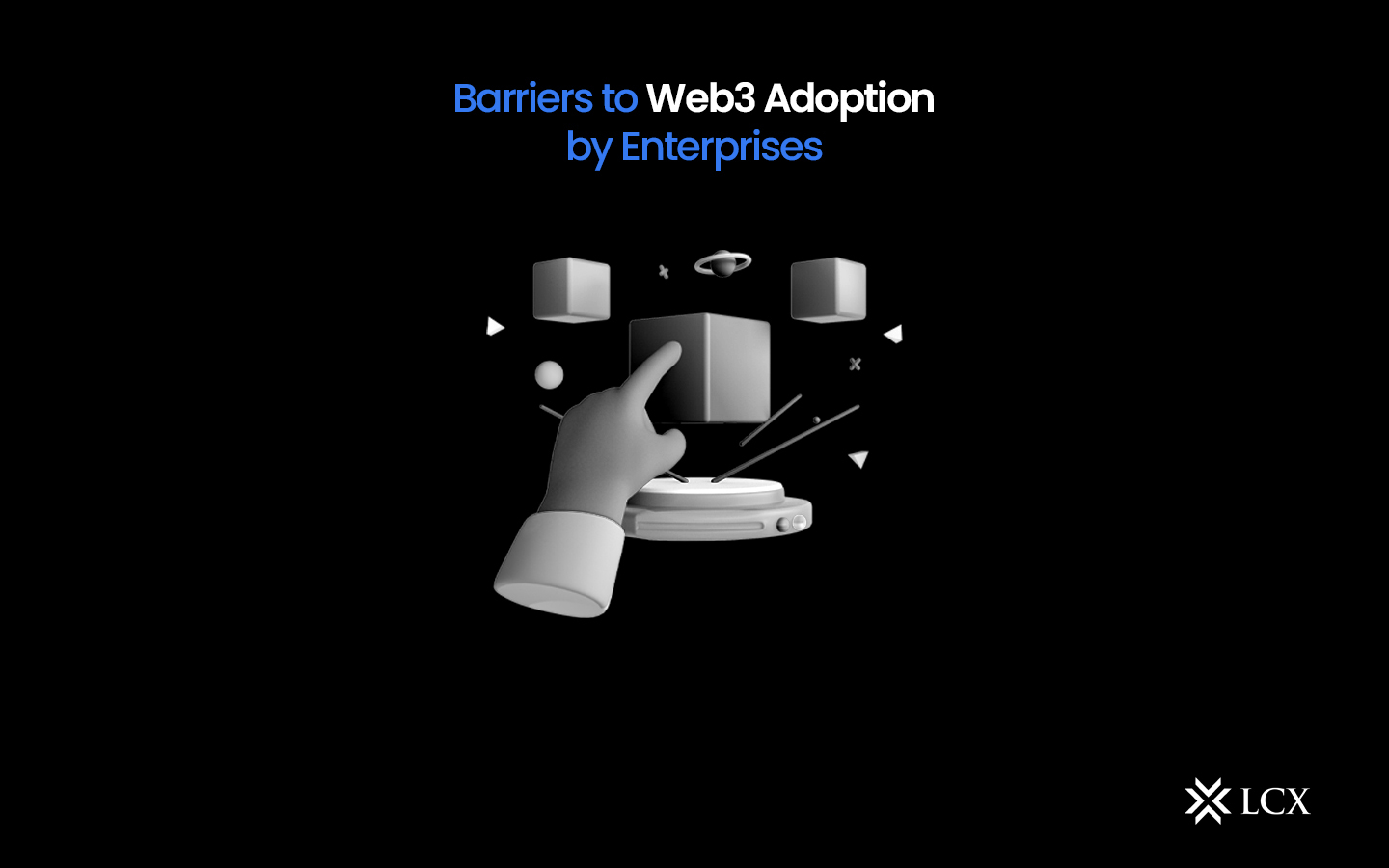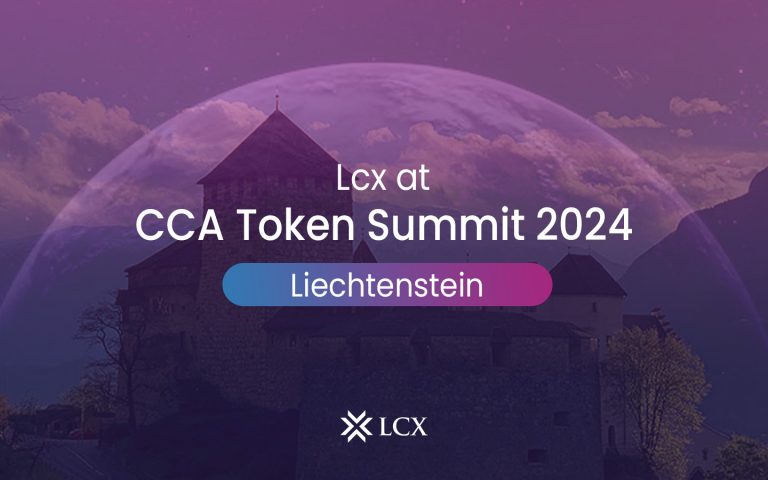Web3, a vision for a new internet based on blockchain technology, is the portal to the decentralized future: an open and level playing field of ideas, data, and applications revolutionizing how we interact online. Web3 has the potential to facilitate a decentralized and equitable internet.
Web3 initiatives are developing at a rapid rate. With each passing day, we observe more startups in the space and more increases in the number of new entrants in the NFT space and DAOs, indicating that the strong potential of web3 is increasingly being realized around the world. A recent report projects that the Web3 market will expand by 44.9% between 2022 and 2030.
Web3 can fuel exponential business models and open enterprises to new revenue streams. While Web3 is gaining enterprise adoption and scaling, its commercialization at scale faces several obstacles. Many businesses view Web3 as a nuance that they must accommodate, whereas others view it as innovative and disruptive. Layer-1 blockchains view it as the solution to every problem in the world, while the media views it as the greatest fad of all time.
5 Challenges and Obstacles Faced by Enterprises in Web3 Adoption
- Interoperability
Interoperability is the capacity of a blockchain to transfer data and communicate with other chains. There are hundreds of blockchains, but the assets of one blockchain cannot be completely utilized on another due to a lack of interoperability. To encourage enterprise adoption of the blockchain, generic protocols (e.g., Ethereum, Polygon, etc.) must be scalable. It is difficult for layer-1 protocols, particularly those that are not EVM (Ethereum Virtual Machine) compatible, to overcome the “cold start” problem and generate network effects. These can create additional barriers by increasing the cost of developer acquisitions and posing a greater security risk without providing enterprises with any network effects. The security threats posed by bridges between blockchains must also be taken into account. A lack of EVM compatibility could result in increased engineering, product, and deployment expenses, as well as impede growth.
- Lack of awareness
One of the most significant barriers to Web3 adoption is the lack of awareness and education among enterprises. Web3 is a new technology, and many enterprises are not familiar with its benefits or how it works. As a result, there is a lack of understanding and knowledge about how Web3 can improve its business operations. To overcome this barrier, enterprises need to invest in education and awareness programs to familiarize themselves with the technology. This could include attending conferences and workshops, partnering with Web3 startups, and conducting internal training programs.
- Regulatory and legal challenges
Web3 is a nascent technology, and the regulatory and legal frameworks surrounding it are still evolving. This presents a significant challenge for enterprises that want to adopt Web3, as they need to navigate complex regulatory and legal environments. For example, there are concerns about data privacy and security in Web3 networks, which may fall outside the scope of current data protection regulations. This could make it difficult for enterprises to comply with existing regulations, which could lead to legal challenges and reputational damage. To overcome this barrier, enterprises need to work with regulators and legal experts to develop a clear understanding of the regulatory and legal environment surrounding Web3. This could involve collaborating with regulatory bodies to develop new frameworks or adapting existing frameworks to accommodate Web3.
- Scalability
Scalability is a significant issue for Web3. Web3’s decentralized nature, which relies on a network of nodes to validate transactions and maintain the system’s integrity, makes it difficult to scale to the same extent as centralized web systems. Vitalik Buterin, the co-founder of Ethereum, coined the term “scalability trilemma,” also known as the “blockchain trilemma,” which states that no blockchain can simultaneously accomplish security, decentralization, and scalability. Any blockchain can only offer two of these three features at a time. The capacity of the blockchain, which can increase rapidly as more transactions are added, is one of the primary contributors to the scalability issue. It can result in slower transaction timing and higher transaction fees, as nodes must process and verify each transaction before it can be added to the blockchain.
- Technical complexity
Web3 is a complex technology that requires specialized technical expertise to implement and maintain. This presents a significant barrier for enterprises, as they may not have the necessary technical expertise in-house to adopt Web3. To overcome this barrier, enterprises need to invest in technical expertise, either by hiring new talent or partnering with Web3 startups that have the necessary expertise. This could involve developing partnerships with Web3 startups, conducting talent acquisition programs, or collaborating with universities to develop Web3 expertise.
Conclusion
There are several challenges that Web3 needs to overcome to enable mass enterprise adoption. Keeping in mind the pace of growth and innovation within the Web3 space, enterprise adoption of Web3 is not far off. This technology will certainly play a huge role in the way enterprises function in the near future.










